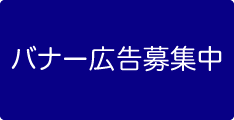原子力発電所事故後の福島県における放射性セシウムの耕作後の土壌中の深度分布と放射性セシウムの米への取り込みの年度による違いDepth Distribution of Radioactive Caesium in Soil after Cultivation and the Difference by Year of the Uptake of Radioactive Caesium in Rice in Fukushima Prefecture after the 2011 Nuclear Accident
1 広島大学大学院フェニックスリーダー育成プログラム環境保全コースRadioactivity Environmental Protection Course, Phoenix Leader Education Program, Hiroshima University ◇ 739–8524 東広島市鏡山 1–1–1 ◇ 1–1–1 Kagamiyama, Higashi-Hiroshima 739–8524, Japan
2 広島大学大学院理学研究科化学専攻Department of Chemistry, Graduate School of Science, Hiroshima University ◇ 739–8526 東広島市鏡山 1–3–1 ◇ 1–3–1 Kagamiyama, Higashi-Hiroshima 739–8526, Japan
3 広島大学自然科学研究支援開発センターNatural Science Center for Basic Research and Development, Hiroshima University ◇ 739–8526 東広島市鏡山 1–4–2 ◇ 1–4–2 Kagamiyama, Higashi-Hiroshima 739–8526, Japan



